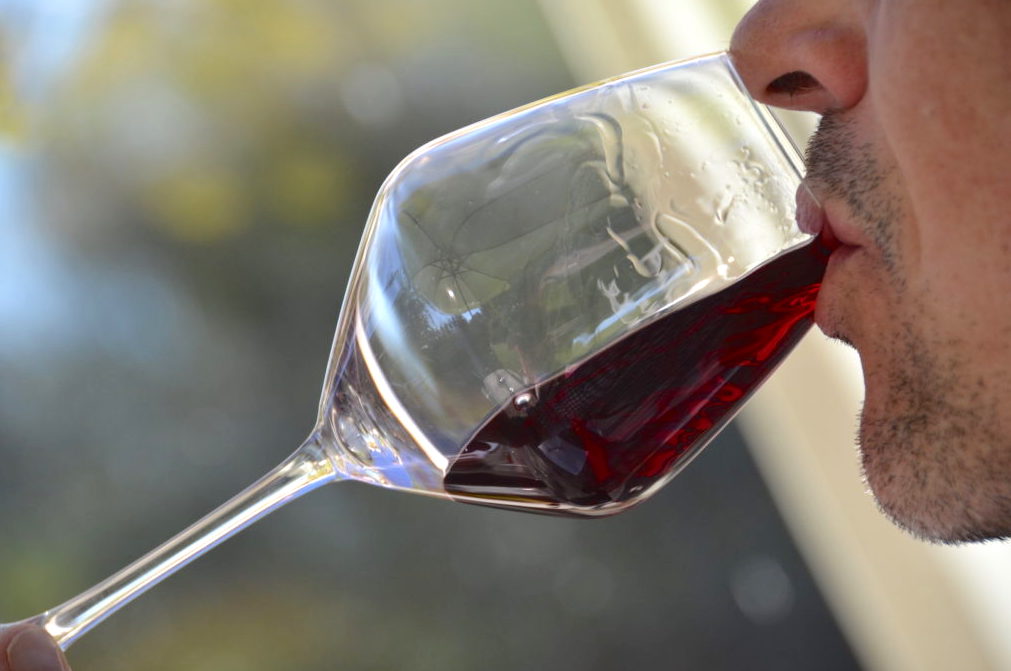Tasting wine is more than just drinking it. It's an experience that involves many senses, and one that can be learned over time. With the right wine-tasting techniques, you'll be able to better appreciate its aromas, identify its qualities and understand its particularities.
Why learn to taste wine?
Tasting allows you to analyze a wine from a number of angles and fully appreciate it.
- Discover your personal preferences
- Better bottle selection
- Improving food and wine pairing
- Share a convivial moment with other enthusiasts
By mastering wine tasting techniques, you'll be able to identify a good wine and explain what makes it unique.
The essential steps in wine tasting

1. Observe the wine's colour
Before tasting, examine the wine's color and clarity.
- Tilt your glass against a white background to better see the tint.
- Look at the brilliance: A clear, bright wine is often of good quality.
- Analyze viscosity: thick "tears" indicate a wine richer in alcohol or sugar.
A young red wine has violet reflections, while an older wine tends towards garnet. A white wine evolves from pale yellow to golden.
2. Smell wine aromas
The sense of smell plays a key role in wine appreciation.
- Without agitation: Smell the wine to identify its most volatile aromas.
- With agitation: Swirl the wine in the glass to release deeper aromas.
Flavours are classified into three categories:
- Primary: Fruits, flowers, herbs, typical of the grape variety.
- Secondary: buttery, brioche notes from fermentation.
- Tertiary: Leather, tobacco, wood, developed during aging.
3. Learn to taste in the mouth
The palate perceives several sensations:
- The attack: First impressions on the palate.
- Mid-palate: Balance between acidity, tannins and alcohol.
- The finish: aromatic persistence after swallowing or spitting out the wine.
Move the wine around in your mouth to analyze its texture and flavors.
Mistakes to avoid when tasting

1. Drinking too fast
Take time to analyze each phase before swallowing the wine.
2. Neglecting the operating temperature
A wine that's too cold masks its aromas, while one that's too warm exaggerates the alcohol.
3. Using the wrong glass
A tasting glass should be slightly narrowed at the top to concentrate the aromas.
The essential accessories for good tasting
1. A good drink
The right glass enhances the wine's aromas and structure.
2. A carafe
Some young wines require aeration to reveal their aromatic potential.
3. A tasting booklet
Taking notes helps you memorize your impressions and refine your palate.
How can I improve my wine tasting skills?
1. Taste regularly
The more wines you taste, the more you refine your perception.
2. Varying wine types
Try different grape varieties, regions and vintages to compare their profiles.
3. Take part in guided tastings
Courses and workshops offer the opportunity to receive advice from professionals.
Food pairing and wine tasting
A wine reveals itself even better when paired with the right dish.
- Dry white wine: Perfect with seafood or light dishes.
- Tannic red wine: Ideal with red meats.
- Sweet wine: Enhances fruity cheeses and desserts.
Conclusion: an experience to be savored to the full
Applying these wine tasting techniques will help you better understand and appreciate each bottle. Practice and curiosity are the keys to progress and refining your palate.
If you enjoyed this article, you might also like to read "Fortified wines: Port, Sherry and other delights to discover"!





